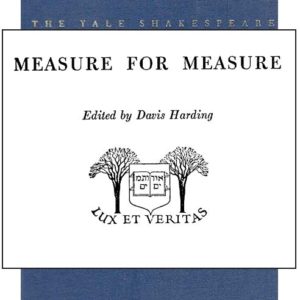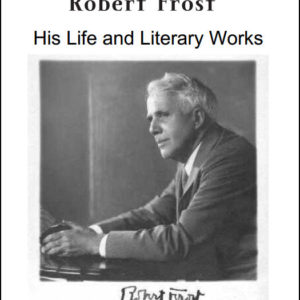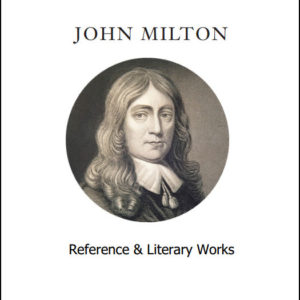Showing 281–300 of 393 resultsSorted by latest
-
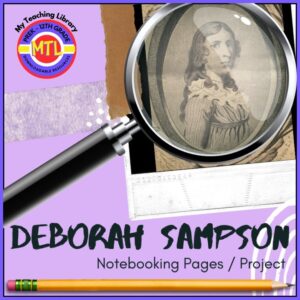 $3.00Buy Now
$3.00Buy Now✏️A student-centered resource to help students learn and practice research skills, report writing, project and presentation skills.
Students will use this project-based unit to learn about and report on Deborah Sampson. Deborah Sampson became a hero of the American Revolution when she disguised herself as a man and joined the Patriot forces. She was the only woman to earn a full military pension for participation in the Revolutionary army.
✏️This notebooking project unit can be assigned individually or within cooperative groups. Use it within a Language Arts classroom or a Social Studies / U.S. History classroom. Very flexible and cross-curricular! After completing the written portion of this resource, you can grade it (or) assign students to do an oral and/or audio-visual presentation based on their findings/work.
✏️What is in this resource?
- Student instructions for using biographical notebooking, project pages
- Suggested research questions
- Student notebooking, project pages (includes covers, KWL, reference recording, report writing, and more)
- Teacher pages (instructions, assignment, evaluation)
-
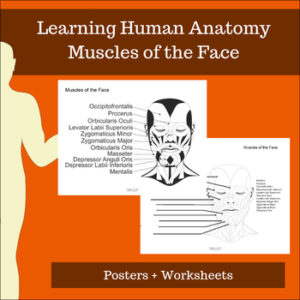 $2.00Buy Now
$2.00Buy NowMuscles of the Face – Learning Human Anatomy will be exactly what you need if you are looking for a easy to read posters as well as a labeling worksheet for students.
This resource actually comes with two worksheets, one with and one without terms. (You choose if you want your students to completely remember the names or if they need the terms to help them. )
-
 $4.00Buy Now
$4.00Buy NowThis resource, The Intolerable Acts – U.S. History Notebooking Project, has been designed to aid students in creating a thorough and organized History project. If you want students to do a deeper dive into the ‘Coercive Acts’ passed by the British Parliament in response to the Boston Tea Party, this is the resource.
See description below for more details!
-
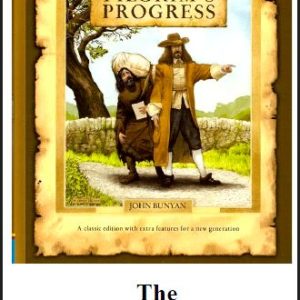 $2.50Buy Now
$2.50Buy NowThis is a downloadable copy of the book.
About the book:The Pilgrim’s Progress is a religious allegory by the English writer John Bunyan, published in two parts in 1678 and 1684. The work is a symbolic vision of the good man’s pilgrimage through life. At one time second only to the Bible in popularity, The Pilgrim’s Progress is the most famous Christian allegory still in print.About the Author: John Bunyan was an English writer and Puritan preacher best remembered as the author of the Christian allegory The Pilgrim’s Progress. In addition to The Pilgrim’s Progress, Bunyan wrote nearly sixty titles, many of them expanded sermons.
-
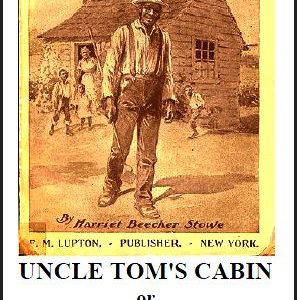 $2.50Buy Now
$2.50Buy NowThis is a downloadable copy of the book.
About the book: Uncle Tom’s Cabin; or, Life Among the Lowly, is an anti-slavery novel published in 1852. Tthe novel had a profound effect on attitudes toward African Americans and slavery in the U.S. and is said to have “helped lay the groundwork for the Civil War”. Uncle Tom’s Cabin was the best-selling novel of the 19th century and the second best-selling book of that century, following the Bible.About the Author: Harriet Elisabeth Beecher Stowe (June 14, 1811 – July 1, 1896) was an American abolitionist and author. She came from the Beecher family, a famous religious family, and is best known for her novel Uncle Tom’s Cabin (1852), which depicts the harsh conditions for enslaved African Americans. Stowe wrote 30 books, including novels, three travel memoirs, and collections of articles and letters. She was influential for both her writings and her public stances and debates on social issues of the day.
-
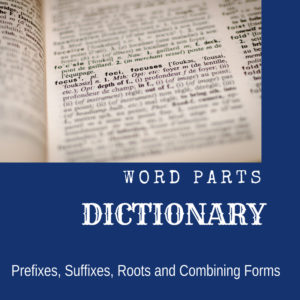 $9.99Buy Now
$9.99Buy NowThis resource is a dictionary based on ‘word parts’ (prefixes, suffixes, combining forms and roots) which all form words. It is meant to be used in conjunction with a standard dictionary and a thesaurus. Why use? Learning the individual ‘parts’ of a word and the meaning behind each will help the student decipher the meaning of an unknown word or words.
-
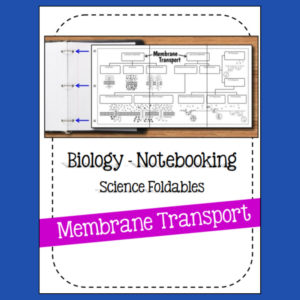 $3.00Buy Now
$3.00Buy NowHigh School Biology Notebook resource!
Students will learn all about the cell membrane. Terms include: phospholipid, phospholipid bilayer, integral protein, peripheral protein, cholesterol, glycolipid, oligosaccharide/sugar chain, glycoprotein, transport, attachment and recognition, receptor for signalling, enzymatic activities
-
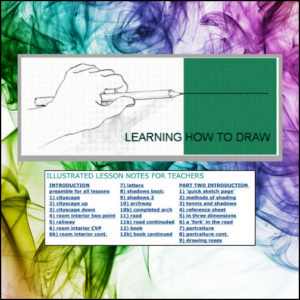 FREEBuy Now
FREEBuy NowJohn Hagan made this resource a free resource for all educators back in 2002. Recommended for 6th-12th grades and beyond.
-
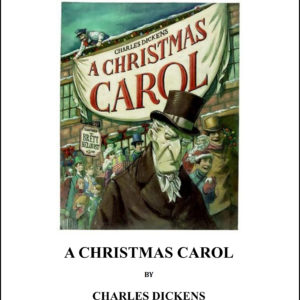 $3.00Buy Now
$3.00Buy NowOne night, the old money-lender Ebenezer Scrooge receives four visitors. The first is the ghost of his business partner, Jacob Marley, who warns Scrooge of the night ahead. The next three spirits show Scrooge what he once was, what he came to be, and what will become of him if he continues to be a miserly, selfish, cheerless person. Scrooge must regain his compassion and humanity to avoid the fate shown to him by the last spirit.
- Interest Level: Grade 5 – Grade 12 ·
- Reading Level: Grade 5
-
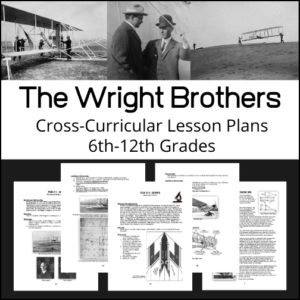 $6.50Buy Now
$6.50Buy NowThis resource will take students through a journey of learning...a journey learning about the Wright Brothers and the beginning of aviation while weaving lessons throughout various subjects: Art, Science, Math, Language Arts, Geography, Economics and even Health.
This 83-page resource provides detailed lesson plans, student information, student worksheets and many hands-on, engaging student activities!
-
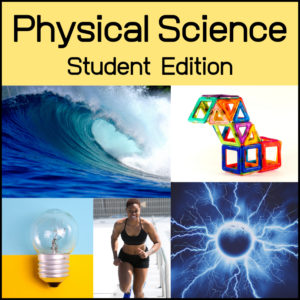 $9.99Buy Now
$9.99Buy NowPhysical Science is the study of the inorganic world. It is ordinarily thought of as consisting of four broad areas: astronomy, physics, chemistry, and the Earth sciences. This textbook is a full-year Physical Science curriculum (356 pages) and can be used in Middle or High School.
-
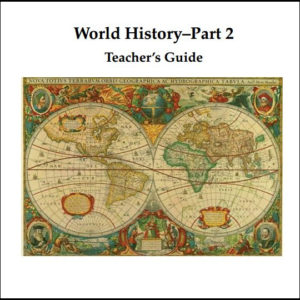 $9.99Buy Now
$9.99Buy NowThis is the Teacher’s Guide to World History 2. It is a 208 page resource and includes the following for each unit:
- Unit Focus
- Suggestions for Enrichment
- Unit Assessment
- Keys
See description below for unit titles.
-
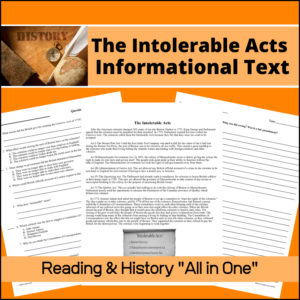 $1.50Buy Now
$1.50Buy NowThis resource, The Intolerable Acts – US History Informational Text, will inform students of the British Parliament’s reaction to the Boston Tea Party…”5 laws” passed referred to by colonist as the Intolerable Acts:
- The Boston Port Act
- Massachusetts Government Act
- Administration of Justice Act
- The Quartering Act
- The Quebec Act
-
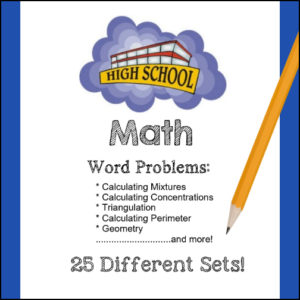 $5.00Buy Now
$5.00Buy NowHere are 250 word problems with answer keys. There are 25 sets, each with 10 problems each.
-
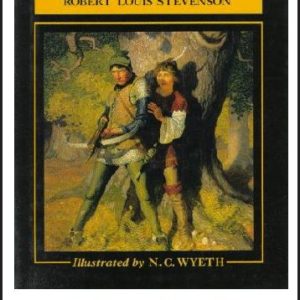 $2.50Buy Now
$2.50Buy NowThis is a downloadable copy of the book.
About the book: The Black Arrow: A Tale of the Two Roses is an 1888 novel and is both an historical adventure novel and a romance novel. The Black Arrow tells the story of Richard (Dick) Shelton during the Wars of the Roses: how he becomes a knight, rescues his lady Joanna Sedley, and obtains justice for the murder of his father, Sir Harry Shelton. Outlaws in Tunstall Forest organised by Ellis Duckworth, whose weapon and calling card is a black arrow, cause Dick to suspect that his guardian Sir Daniel Brackley and his retainers are responsible for his father’s murder. Dick’s suspicions are enough to turn Sir Daniel against him, so he has no recourse but to escape from Sir Daniel and join the outlaws of the Black Arrow against him. This struggle sweeps him up into the greater conflict surrounding them all.About the Author: Robert Louis Stevenson (13 November 1850 – 3 December 1894) was a Scottish novelist and travel writer, most noted for Treasure Island, Kidnapped, Strange Case of Dr Jekyll and Mr Hyde, and A Child’s Garden of Verses. A celebrity in his lifetime, Stevenson’s critical reputation has fluctuated since his death, though today his works are held in general acclaim. He is currently ranked as the 26th most translated author in the world.
-
 $2.50Buy Now
$2.50Buy NowThis is a downloadable copy of the book.
About the book: It was her book, The Mayflower which first brought Stowe attention internationally. The Mayflower was so popular in England that it was immediately republished and it essentially made Stowe’s reputation abroad. This work has been selected by scholars as being culturally important.About the Author: Harriet Elisabeth Beecher Stowe (June 14, 1811 – July 1, 1896) was an American abolitionist and author. She came from the Beecher family, a famous religious family, and is best known for her novel Uncle Tom’s Cabin (1852), which depicts the harsh conditions for enslaved African Americans. Stowe wrote 30 books, including novels, three travel memoirs, and collections of articles and letters. She was influential for both her writings and her public stances and debates on social issues of the day.
-
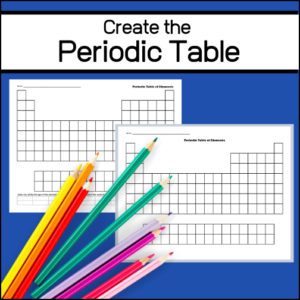 $1.00Buy Now
$1.00Buy NowHere are two worksheets for students to use to create the periodic table of elements.
– One for elements only
– One to create a color key showing the type of elementsThese are great for students to use when they are just learning the elements and can be used as a student-created study guide as well.


